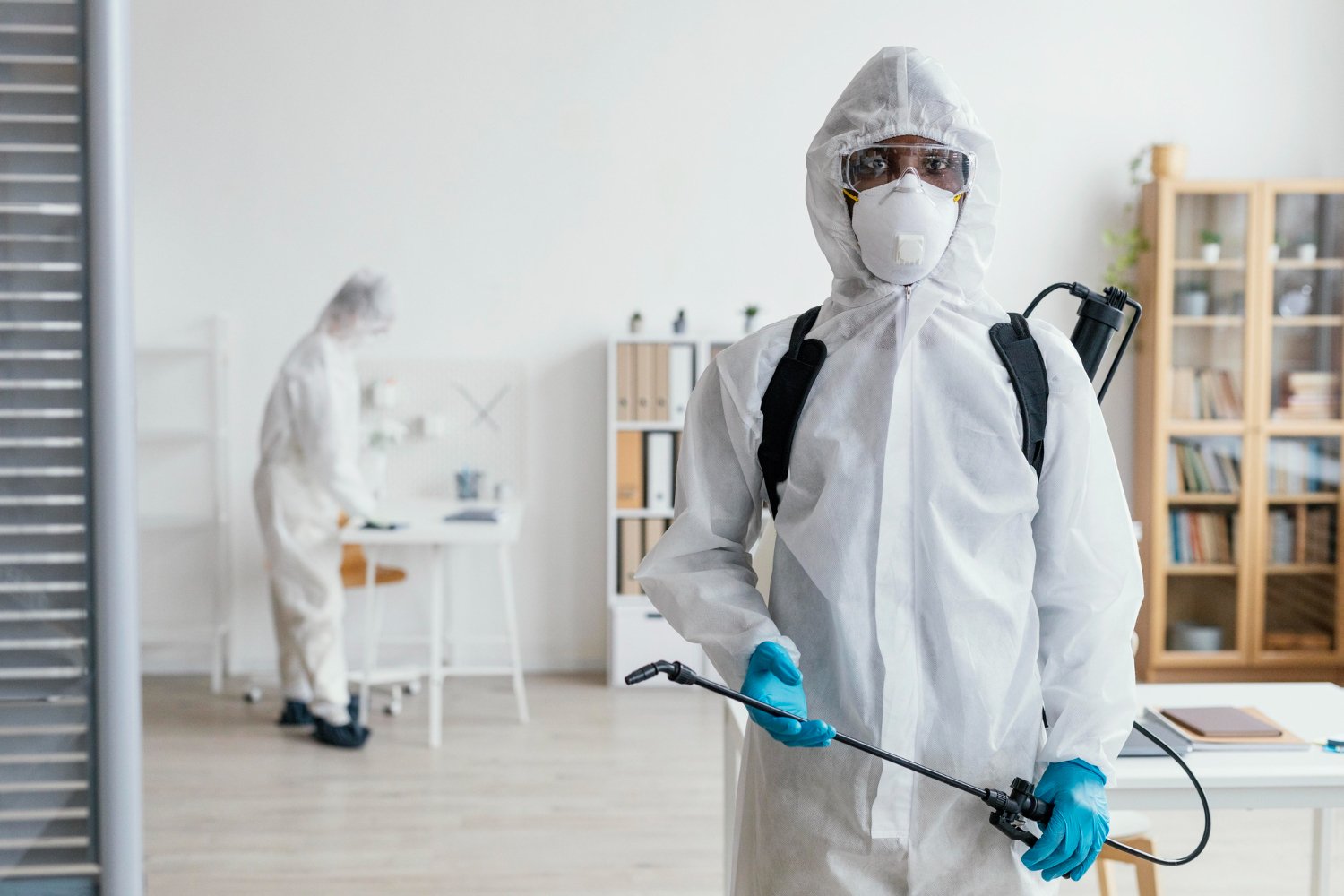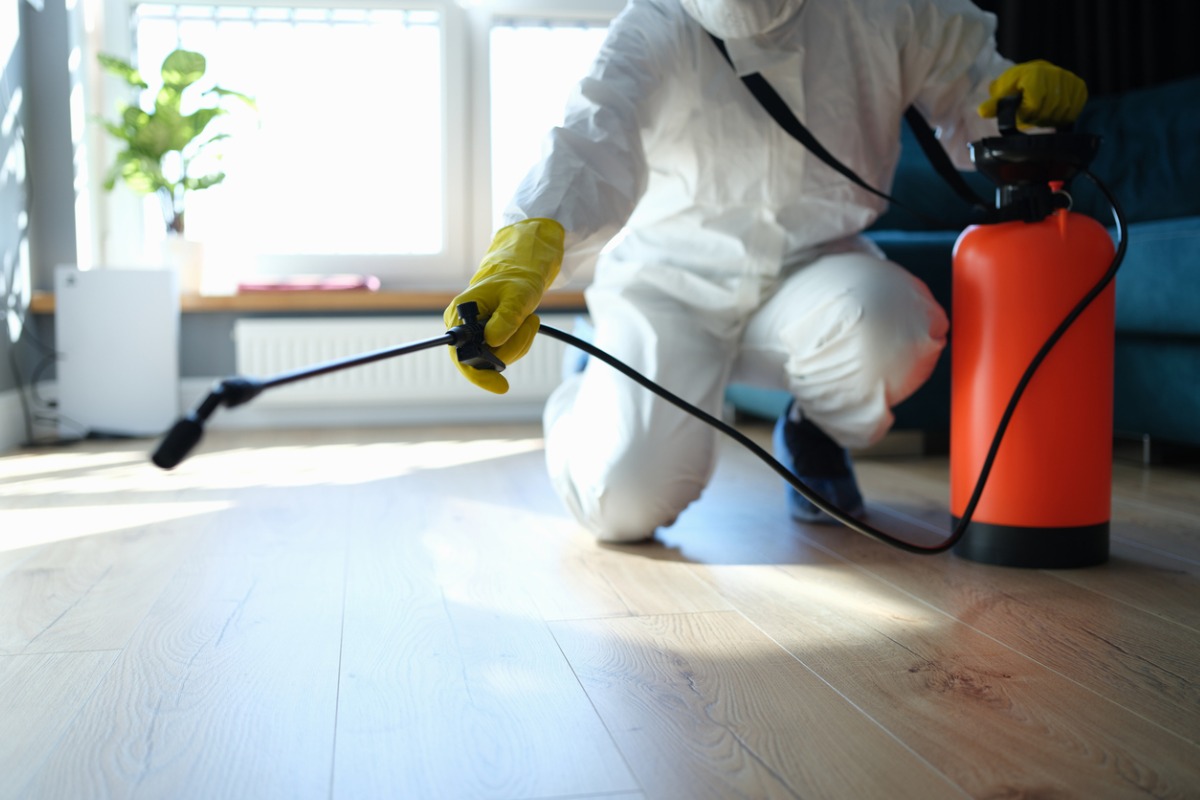Prevent Future Infestations with Services from Pest Control Lockhart
Wiki Article
Exploring Invasion and Therapy Methods worldwide of Insect Control
The landscape of bug control encompasses a myriad of challenges, particularly as invasions of common family bugs proceed to evolve. By incorporating preventative measures with innovative management strategies, such as Integrated Parasite Administration (IPM), homeowners can much better safeguard their settings.
Typical Household Vermin
When it involves managing our home, comprehending usual family parasites is critical. These parasites not only interrupt our convenience but can also pose health and wellness risks and damages building. The most common family parasites include ants, roaches, rodents, termites, and bed pests.Ants, frequently seen foraging in cooking areas, can pollute food and develop big nests. Cockroaches, understood for their strength, can trigger allergic reactions and spread pathogens. Rats, including mice and rats, can create structural damages and lug conditions like hantavirus and salmonella. Termites, usually described as "quiet destroyers," can compromise the integrity of wood frameworks, resulting in pricey fixings. Bed pests, although not disease carriers, can cause significant discomfort with their attacks and cause mental distress.
Recognizing the indicators of these bugs, such as droppings, nests, or bite marks, is necessary for early intervention (Pest Control Lockhart). Proper cleanliness techniques, sealing access factors, and preserving a clutter-free setting work preventative steps. By identifying these common family insects and comprehending their behaviors, home owners can take proactive actions to reduce problems, making certain a healthier living environment
Understanding Bug Infestations
Bug infestations can rise quickly, turning a small annoyance right into a considerable trouble if not resolved quickly. Comprehending the nature of these invasions is crucial for reliable administration. Bugs can invade household and commercial rooms for numerous reasons, including the search for food, shelter, or reproducing premises. Common aspects adding to infestations consist of poor hygiene, architectural susceptabilities, and seasonal changes that drive pests indoors.Determining the sort of insect is crucial, as different types exhibit diverse habits and reproductive rates. Rodents may develop nests in hidden locations while bugs like roaches flourish in moist atmospheres. Early detection frequently rests on acknowledging signs such as droppings, gnaw marks, or unusual noises, which can indicate an issue before it ends up being severe.
Environmental problems likewise play an essential function in bug spreading. Warm, damp environments can facilitate the quick growth of pest populations, while adjustments in landscape design or building and construction can accidentally produce favorable settings. Therefore, normal examinations and preventative actions are paramount to minimizing the risk of problems. An educated technique to understanding these characteristics lays the foundation for reliable parasite management strategies in the future.
Therapy Techniques and Techniques
Reliable treatment techniques and techniques are crucial for mitigating pest problems and recovering a secure environment. A multifaceted strategy is often best, incorporating chemical, biological, and mechanical strategies tailored to the particular bug and the intensity of the problem.Chemical treatments include using pesticides and herbicides, which can efficiently get rid of pests. However, appropriate application and adherence to safety standards are important to reduce risks to human beings and non-target organisms. Integrated Bug Management (IPM) motivates the cautious use chemicals as a last resort, relying rather on monitoring and limit levels to figure out intervention needs.
Biological control techniques involve introducing natural killers or bloodsuckers to lower pest populations. This approach is increasingly preferred, specifically in agricultural settings, as it promotes ecological sustainability.
Mechanical techniques, such as traps and obstacles, give instant alleviation from insects without presenting chemicals. Choices consist of sticky traps for bugs or physical barriers for rodents.
Ultimately, the choice of treatment technique must think about the particular bug, the environment, and prospective effect on human health and wellness and communities. A balanced combination of these approaches can successfully take care of invasions while advertising long-lasting pest control options.
Preventive Actions for House
Proactively addressing bug problems before they escalate is important for maintaining a healthy home atmosphere (Pest Control Lockhart). Carrying out reliable preventive actions can significantly decrease the probability of problems, inevitably securing both your home and wellness
Correct landscaping likewise plays a crucial function in prevention. Maintaining shrubs and trees trimmed away from your home minimizes the chances of parasites discovering their method inside your home. Make sure that water drainage systems are operating successfully to protect against standing water, which can attract in mosquitoes and various other pests.
Lastly, regular examinations are advisable. Frequently checking for indications of parasite activity enables early treatment. By taking on these safety nets, property owners can produce an environment that is less why not find out more welcoming to pests, consequently enhancing their total lifestyle and lowering the requirement for considerable parasite control interventions.
Business Insect Control Methods
An extensive strategy to business bug control is essential for organizations intending to keep a secure and sanitary setting. Reliable techniques involve a mix of regular assessments, staff member training, and the execution of Integrated Pest Management (IPM) methods.Normal inspections make it possible for very early discovery of pest task, enabling timely intervention. Organizations should create a regular timetable for these assessments, concentrating on high-risk areas such as kitchens, storeroom, and waste disposal sites. Employee training is just as critical; personnel must be informed on the signs of bug infestations and the relevance of reporting them instantly.
Applying IPM techniques helps minimize pest issues sustainably. This includes environment modification, such as sealing entrance points and lowering clutter, as well as employing all-natural deterrents before resorting to chemical treatments.

Additionally, collaborating with a certified insect control copyright makes certain access to expert expertise and innovative therapy alternatives. their website This collaboration can cause tailored insect control prepares tailored to the certain needs of business, reducing risks and boosting total efficacy. Eventually, a proactive and educated approach fosters a pest-free setting, guarding both public wellness and business track record.
Conclusion
Finally, efficient pest control demands a thorough understanding of common family insects and their actions, paired with targeted therapy approaches. Applying safety nets alongside treatment techniques such as Integrated Pest Administration and organic control enhances the capacity Homepage to reduce invasions. Routine examinations and a mix of chemical and mechanical options further add to keeping pest-free atmospheres. Eventually, an all-around technique to pest management is necessary for securing living spaces from undesirable burglars.Report this wiki page